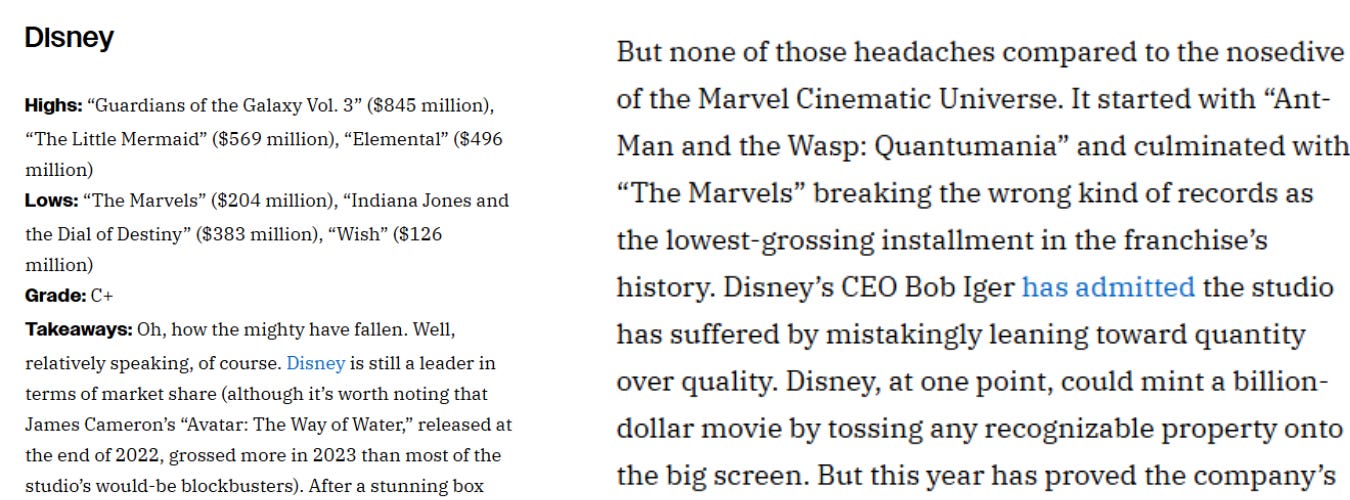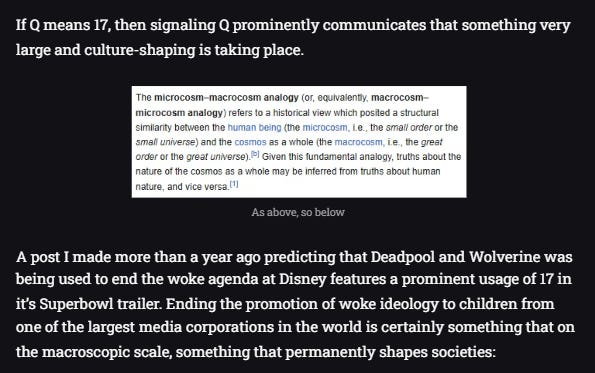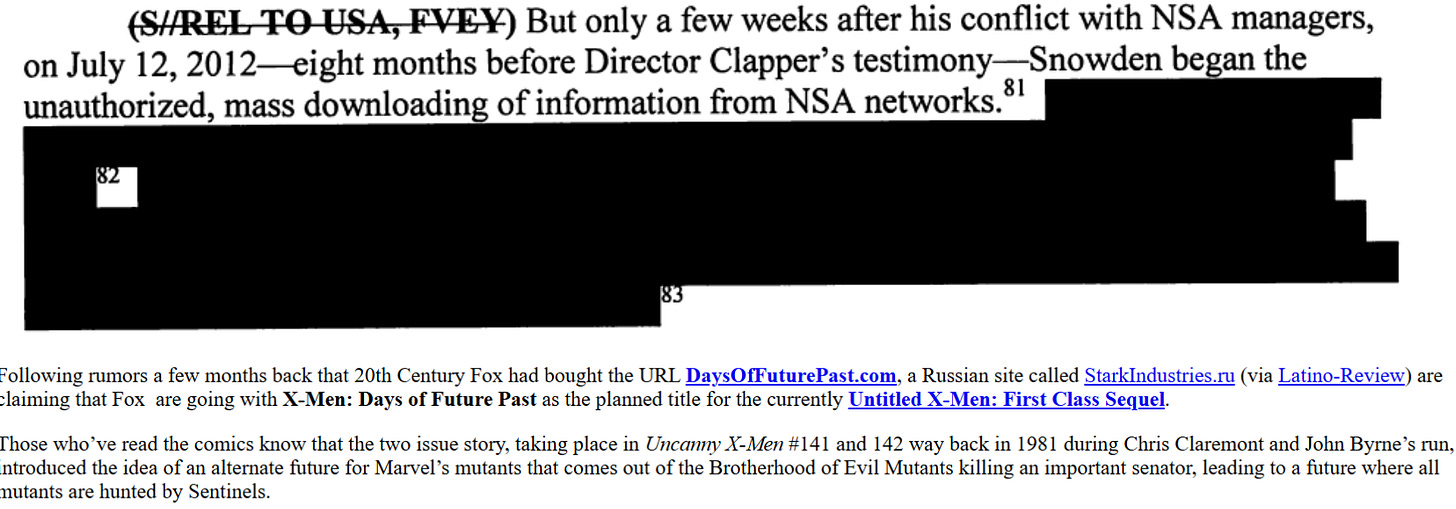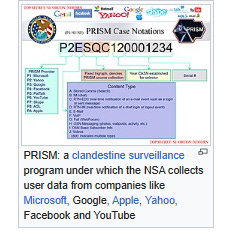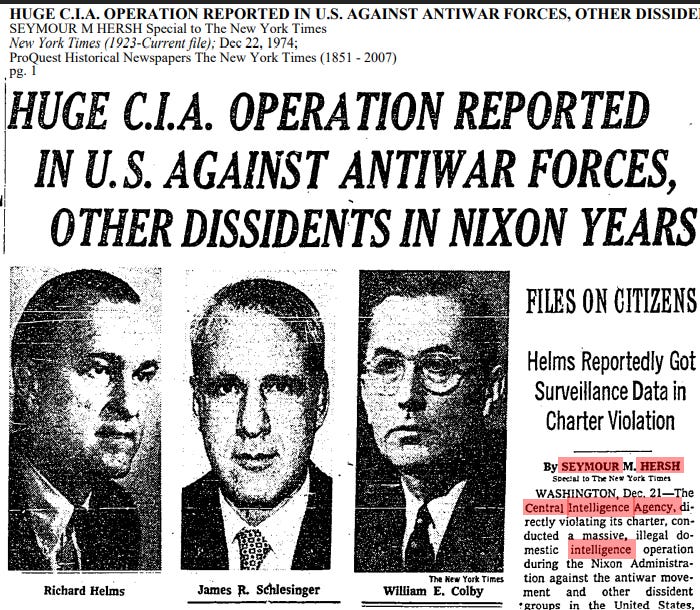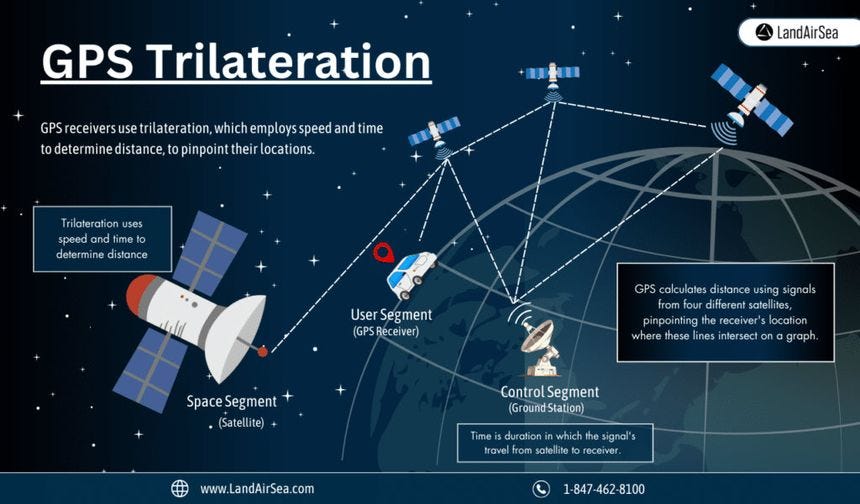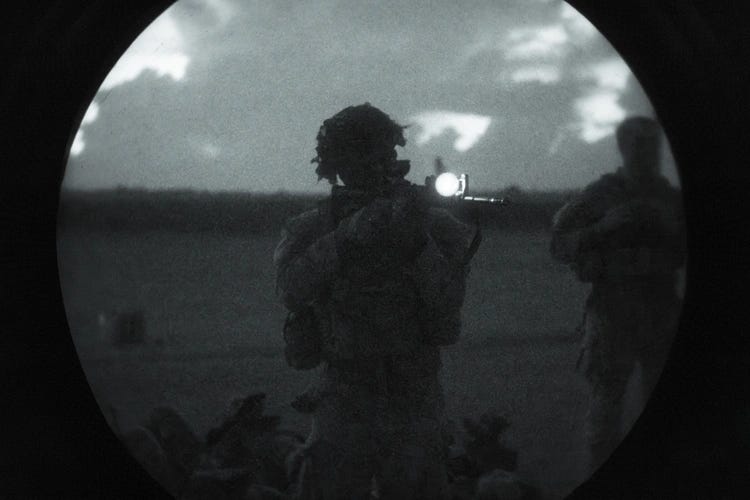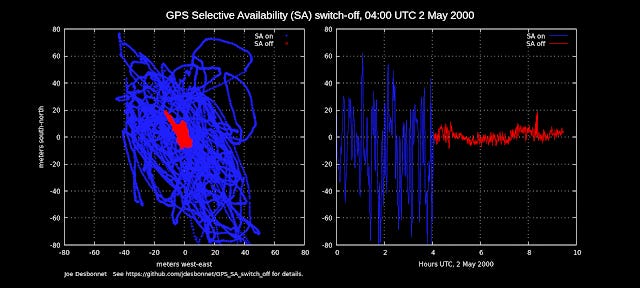Some Thoughts on Grammar in Symbolism
X Men: Days of Future Past, Nuremberg, The Savant, Deadpool & Wolverine, the Terminator
This article was inspired by a failed deep dive into American Sign Language I did after I realized that it has some superficial similarities to Symbolism. I was hoping I had found a related language that already had teaching materials available. It would make things so much easier. I didn’t pan out. ASL is its own thing.
There are two methods of language learning, deductive and inductive. In the deductive method you learn formalized grammar rules and a set vocabulary before applying these to the target language. You diagram sentences and verb conjugations.
The inductive method is better known as immersion. You are exposed to the language and build an intuitive understanding as you go. That’s the only way I’ve learned Symbolism, a.k.a. the hard way. Deductive gets you over the beginner’s hurdle lightyears faster than inductive does, which is why it’s used in classrooms.
An ideal teaching method would include both, since both are incomplete and leave large gaps in understanding by themselves.
I didn’t get anywhere with my amateur exercise in linguistics. I do have a couple of valuable take-aways, though, that can help you when you encounter symbolic communication.
Finding the Focus and “TOPIC, COMMENT”
English is a “subject first” language. We signal the subject, then describe what it is doing. Other languages signal the action first, before mentioning the subject. Symbolism is neither subject first nor action first. Symbols don’t parade left to right like English text does, nor right to left like other major languages do. There is no set word order that I’ve ever noticed. So how do you get your bearings and establish a baseline of what’s being talked about?
American Sign Language shares Symbolism’s lack of defined word order. You don’t need to understand it, however, to figure out where the subject of this sentence is. Find where she mentions “the look on your face:”
In ASL, subject is communicated through emphasis. Symbolism operates this same way.
Emphasis when signing is shown through exaggerated facial expressions, repetition of signs, signing bigger to be “louder,” and most of all stopping for a brief pause around the topic. If eye contact has been lost, regain it to sign a topic.
I have no idea what this guy is saying here, beyond that he works in IT and it’s something about using Microsoft Authenticator. You can see where he pauses and regains eye contact to introduce a new topic.
The main sign language sentence structure is TOPIC, COMMENT. You establish your topic, which can be a full phrase, then you provide a comment on it. Sometimes your feelings about the subject, sometimes information about it, sometimes a command. You introduce the topic, then say what you have to say about it.
Topic, Comment in Symbolism
TOPIC, COMMENT is a common structure by which coded subtext is presented in movie trailers, especially short form modern ones.
Deadpool & Wolverine already had its own dedicated article in February of 2024 where I predicted that it would financially rescue Disney. That was what I saw being communicated in its Superbowl commercial. The film itself premiered that July.
Watch this once and look for the focus. There is a topic being signaled through emphasis where the pace slows and the music drops. Someone even makes eye contact with the audience. The marvel seal is then slapped on screen like the period at the end of a sentence.
Clearly Wade’s encounter in the hallway is the TOPIC half of the TOPIC, COMMENT structure of the messaging in this commercial.
I’m not retyping all of this. To quote myself:
The topic is Disney’s ongoing business failures at the time. Disney had recently received a C+ rating from Variety for its financial performance in 2024. The worst rating it had ever received.
Also, notice that a 17 is flashed on screen right before Wade states the topic.
To again quote myself from “Light:"
You could have already gleaned Disney as the subject by the birthday party being thrown. Disney had just turned 100.
So what’s the comment?
Deadpool can rescue other heroes…
It affects the entire Marvel cinematic universe…
Even Disney…
DISNEY’S BUSINESS FAILURES, DEADPOOL WILL END THEM.
The trailer can be summarized in one sentence. I wrote that article almost 18 months ago. Deadpool v. Wolverine debuted more than a year ago. Was I right?
I certainly wasn’t wrong. Disney is back to straight A’s from Variety, and Deadpool & Wolverine was integral to that.
It broke several records in its first few months.
It still remains the most profitable R-rated film of all time.
Unbeaten by any July, 2025 openings.
A resurrection for Disney, in a sense.
The default tense is present and near future
Tense is only signaled in sign language if it deviates from the present. This seems identical to almost all “comms” that the general public is exposed to. They are also default present tense unless otherwise signaled.
It makes sense. As I frequently mentioned in my “light” series, the majority of the audience for these messages are people acting as stage hands for cultural narratives. Culture doesn’t happen without guidance, “All the world’s a stage, and all the men and women merely players.” You could look at these messages as the backstage crew’s script pages for the next few scenes.
We’re looking at show trials coming up soon in the near future. Nuremberg premiered September 7 at the Toronto International Film Festival.
The film is set in the past, but it is communicating a present-near future tense message. The trials it is signaling have not begun yet. This also follows the TOPIC, COMMENT movie trailer format.
TOPIC: Putting the face of the Nazis on trial.
COMMENT: ”This war ends in a courtroom. The world needs to know what these men did, so it can never happen again.”
Nazis symbolize “my demonized political enemy” more than anything else. Everyone portrays their opposition as Nazis.
The film’s wide release is scheduled for November 7, 2025. The fifth anniversary of that legendary Saturday when the major U.S. networks collaborated to simultaneously and unanimously call the 2020 presidential election in favor of Biden.
Since the film concerns a psychiatrist evaluating whether Herman Goering is fit to stand trial for Nazi war crimes, it’s likely signaling something about Joe Biden’s fitness to stand trial for something. He has already been publicly accused of senility by an investigating special counsel.
We’ll see what hits the news soon.
Another upcoming release is “The Savant,” an Apple TV series about a woman who poses as a right wing extremist online in an attempt to catch terrorists.
TOPIC: Online monitoring and infiltration.
COMMENT: Prevent more attacks against women from violent men.
It’s based on a dubious Cosmopolitan article about a character called “K” who hunts misogynist terrorists on behalf of the ADL, who in turn report them to law enforcement. K is given credit in the article for far too many nationally-reported high-profile arrests and she has a gung ho back story that is too replete to be believable. She’s like a Jodie Foster character.
What was actually going on in 2019 was on the scale of cultural shaping, and connects violence against women with angry young men online. The Cosmopolitan article has a paragraph that throws the number 17 around very liberally.
Autism is clearly involved in this, as the character’s nickname is “The Savant.” We’re specifically focusing on young autistic men planning violence against women online.
The trailer for the Apple TV series dropped on August 26th, which was Women’s Equality Day in the U.S.- a holiday only acknowledged by federal employees which commemorates women’s suffrage under the 19th amendment.
The next morning a transwoman shot up a Catholic school during mass. There has been a growing trend of violent ideation on the political side of the transgender community for at least a decade, mostly aimed at “TERFs.” Originally a slur for feminists, it applies to anyone critical of gender ideology. It is still usually assumed to mean women.
A pattern of online violent radicalization within the transgender community- specifically against women, gay people and Christians through a process known as “wound collecting-” has been a topic of public concern by human rights activists for several years.

This tactic of radicalization is being targeted toward an already very vulnerable population. Not only are an average of about half of transpeople suffering from a comorbid mental illness, they are six times more likely than the general population to be autistic. The reason “wound collecting” may be such an effective tactic to abuse them with is because this demographic is already prone to obsessive fixations. Some studies of autistic populations have found upwards of a 25% rate of transgender identity, in comparison with less than 1% of the general population.
So “The Savant” is communicating a message related to law enforcement and violence against women being stoked among the transgender population. In case you didn’t catch the Silence of the Lambs reference earlier, Jessica Chastain’s character on the show is named Jodi.
I think this is signaling the formation of a taskforce (or something similar,) probably reorienting the 2019 bureau “K” effort that focused on conservatives.
This would explain the recent social media meme from the show, which features Jodi hard at work at her computer being shocked and surprised by obvious facets of online culture.
Violent misogynistic transgender activists have been a fact of life online for a decade at least, but the FBI is perceived as acting like it’s a new phenomenon that just now requires their attention. They’ve also recently received credible intel that water is wet and the sky may possibly be blue.
Even other federal agencies have joined in to laugh at the bureau:
The series premieres on September 26th.
X Men: Days of Future Past
Let’s look at an older trailer that follows the same format.
TOPIC: “End this war before it ever begins”
COMMENT: Send Wolverine back in time to the Nixon Administration to change the future.
What?
Time travel in symbolism hinges on the idea that when a plan is brought to fruition, it has become the future. Symbolism is the language of the backstage crew of life, the stage hands. They take the scripts they receive and coordinate to incarnate them in daily life. In so doing, these planned events have become reality. So, a shorthand way to symbolize “this is our plan” is to prophesize “this is what will happen in the future.”
So traveling back in time should be understood in the present tense. A plan the X-Men don’t want to be carried out needs to be counteracted by a plan of their own. The X-Men need to replace the planned future with a future more to their own liking.
The timeline of the film’s development tracks with the career of Edward Snowden very closely.
Marvel plans their film series years in advance. Although not yet conceived of narratively, the installment of the X Men series that would become “Days of Future Past” was commissioned in August of 2006. That same month, a self-taught programmer named Edward Snowden had been hired on by the CIA after working as an IT temp. Snowden didn’t have a high school diploma or any formal education. He did, however, have a Top Secret security clearance because he had been the lobby security guard at the Center for Advanced Study of Language- which serves as the language institute for the U.S. intelligence agencies.
The CIA essentially slipped Snowden into the NSA in 2009 while loaning him out as a contractor to Perot Systems, which was working on an NSA project called “Scattered Castles.”
He was cleared for a security clearance he shouldn’t have been due to a quirk in the timing of his resignation from the CIA. Had his record been updated more quickly, the NSA may not have hired Snowden.
His security clearance was up for another review a year later, and while he was being reinvestigated in an oddly shoddy manner X-Men: Days of Future Past officially began development. A month later Snowden was granted his clearance.
March of 2012, 20th Century Fox registered daysoffuturepast.com as a url:
…and Edward Snowden had simultaneously relocated to Hawaii for the position which would give him broad access to the NSA’s databases. He would begin mass downloading documents here.
He began mass downloading documents on July 12, 2012. Within a week, rumors began spreading on Russian fan sites that the next X-Men movie would be titled Days of Future Past.
The official announcement was made August 2, 2012.
The cast was announced between November and January, bit by bit. It was announced filming would begin the next spring. Snowden began contacting journalists in December.
The full cast first met March of 2013, while Snowden had been hired by Booz Allen Hamilton contractor in a signals intelligence position for the NSA. He had access to an entire new trove of documents, this time related to mass surveillance.
Principle photography began on Days of Future Past mid-April and would continue into August. Snowden took a sudden leave of absence from work at the end of May and flew to Hong Kong without telling anyone where he was going. On June 3 his absence was noted and supervisors began hunting for him. Glenn Greenwald published the first of Snowden’s disclosures on June 5. Snowden agreed to be named as the source of the leaks. After dodging arrest in Hong Kong for almost a month, he fled to Russia on June 23 accompanied by a representative of Wikileaks.
Snowden was granted asylum in Russia on August 1. The X-Men film wrapped on August 17. Greenwald would continue publishing exposes on the NSA’s mass surveillance programs, including PRISM, for the remainder of 2013 while Snowden laid low in Russia. Other Five Eyes (FVEY) agencies were exposed as participating and the NSA’s scandal became international.
Snowden began testifying publicly in Europe about the revelations in February of 2014. Days of Future Past premiered at number one on May 23. Snowden made his first U.S. media appearance five days later in a blockbuster NBC News interview.
So what is Days of Future Past saying about Snowden? How does “time travel” figure into this?
In the film, Wolverine gets sent back to 1973. Since we’ve already firmly established that this is about intelligence agency leaks in some way with the Snowden connection, there is something from 1973 that you’re already familiar with from an earlier post.
The CIA Family Jewels. Among the many revelations were MKUltra- a program attempting mind control through traumatizing subjects while high on LSD; COINTELPRO- mass surveillance and sabotage of anti-War and Civil Rights activists; and MOCKINGBIRD- ongoing collaboration with news media and Hollywood, including training U.S. journalists as assets. This information has all trickled out into the public consciousness over the decades, but it was never as much of a scandal as the scandal that slightly preceded it.
Which brings us to why Wolverine time travels to 1973. That is the year of the Watergate investigation. The film is a big long explanation of how and why the Watergate scandal needed to happen. The justification was that they were preventing a dystopian future (the fulfillment of the plan to turn the public against the CIA) where the CIA is hunted and feared. It can be inferred that the X-Men represent the CIA in some way, although CIA agents are also characters in the films.
Nixon, in the film, is on the cusp of commissioning a “Sentinel” program to surveil and catalog mutants out of a belief that they are a national security threat. The mutants band together to eliminate the sentinels and undermine Nixon. The climax of the film features Magneto dropping RFK stadium around the White House in order to save the day. Making the White House a spectacle, in allegorical terms. Watergate.
With the connection to Snowden, this means that the Snowden leaks were serving the same purpose for the “X-Men” (read: CIA) that Watergate did. The CIA successfully headed off a more traumatic scandal with the Family Jewels by overloading the public with Watergate before they could be revealed. Snowden was doing the same thing on their behalf with his exposure of mass surveillance by the NSA (an agency most Americans hadn’t heard of at that point.) This needed to happen because that which they exposed the NSA as doing, they were doing themselves:
Have you even heard of the Vault 7 leaks? They were a blip on the radar in the first few months of the Trump Administration. Exactly what the CIA needed them to be. Information collection began in 2013, right when Snowden was activated. Given the long and slow process through with Snowden was inserted into the NSA, it can be assumed that the entity behind the Vault 7 revelations was operating in a similar glacially-paced way. The CIA was prepared, and there were probably multiple Snowdens planted into various agencies as contingencies- why it took so long to determine the “storyline” that would explain the scandal to the stage hands scattered among the public.
So in foiling the enemies’ plan, the X-Men changed the future.
The Terminator
This film has an almost identical plot that involves “changing the past” to prevent an undesirable future. This time, it’s from the perspective of those who would like to keep the future the way it is (will be?)
”You’ve been targeted for termination” is the key line here:
TOPIC: a future automated machine threat that can locate people.
COMMENT: the military has a planned program to address the threat and will protect it from termination, “Connor.”
Let’s look at some context to figure which specific “automated machine threat” we can narrow this down to. The threat clearly involves monitoring and locating individuals. The first 30 seconds of the trailer show three people in succession attempting to hide from the threat, followed by three more people being confronted (in what are clearly their residences) by it.
The Terminator premiered on October 26, 1984. Eleven days before the 1984 presidential election, five days after the last debate. This involves Reagan.
Reagan was guaranteed to win, and he ended up winning by the biggest margin in U.S. history What could be called a “shellacking,” or a “wipeout.”
So if the military was concerned about a dangerous autonomous technology eleven days before Reagan’s guaranteed reelection, it was because Reagan would continue a policy that he had embraced in his first term.
It’s GPS, and Reagan’s 1983 directive designating it a public utility.
The Global Positioning System was developed and implemented by the Department of Defense. To this very day the modern Positioning, Navigating, and Timing system (PNT) is maintained and managed by a coalition of federal agencies. It is property of the U.S. government and they can turn it off, adjust and distort signals, and deny access at will.
On September 1, 1983 a Korean commercial flight from New York City to Seoul strayed more than 200 miles off course over far eastern Russia and was shot down by the Soviet military. 269 souls on board.
Reagan blamed the deaths on a lack of accurate navigation technology. The U.S. military had first developed a satellite-based global coordinate system in 1964, called TRANSIT, replaced in 1978 by a more advanced system called Navstar. Allied militaries were already routinely allowed access to the system. On September 16, Reagan ordered that this access be extended to civilian commercial ventures such as airlines and international shipping firms- to prevent further unnecessary tragedies.
The system was already being given a modern update for the eighties (it was the eighties, already, for Godsakes!) and it was to be called the Global Positioning System. GPS. Although originally scheduled for 1988, the first satellite would launch in February of 1989. Although operational while under construction, GPS would not be fully operational until 1993.
The fear this imposed on important people who didn’t want to be tracked, the idea that anybody had access to this and it was an automated system, makes more sense when you realize how primitive surveillance was in comparison up to the 80s. If someone wanted to follow you, they had to physically do it themselves, or hire someone to.
As an example, spy thriller Three Days of the Condor was released not even ten years earlier (1975,) and involves a convoluted scene where characters have to coordinate lurking at a known meeting place in order to physically spot a CIA handler so they can figure out what he looks like. Only then can they tail him to figure out where he works.
What if they could just slip a GPS tracker on his car? The handler in Condor successfully negotiates with his pursuers and escapes unscathed. A GPS tracker… it can’t be reasoned with… be bargained with…
It feels no remorse… no pity… no pain… no fear…
So the military needed to head off the problem before it happened. “Sarah Connor” as a character probably represents a research project that is being targeted for termination. She will be the mother of the solution, but she has yet to give birth to the solution.
Should she be terminated, the people who matter in this world are doomed to a dystopian future of being hunted with automated GPS tracking. But then Reese arrives to protect Sarah Connor and thereby prevent that future. He clearly identifies himself as working on behalf of the military.
Reese H. Taylor, Jr. was appointed chairman of the Interstate Commerce Committee by Ronald Reagan in 1981 and would serve in that position until 1986, when he was replaced by Heather J. Gradison.
The ICC was tasked with economic regulation of surface “common carriers,” a legal term which refers to commercial entities and public utilities that serve the general public in transportation and the movement of goods. The ICC only concerned itself with surface transportation- roads, rail, and interior waterways.
As a common carrier, a utility had to offer non-discriminatory access to all shippers and passengers. The ICC was tasked with rates, access to the market and ensuring fair competition. It oversaw industry standards for trucking, rates and routes for railroads, aspects of the national pipeline system and water shipping on rivers and canals.
Since GPS was destined to be a public utility used in navigation for surface shipping and passenger transport, but very importantly not communication (that’s the FCC,) the ICC would have had a say in how it was planned.
Reese H. Taylor, Jr. was sitting in on these meetings with all of the other federal commissions and agencies weighing in on the design of the new system.
These meetings were at the Department of Defense, so they aren’t available to casually Google. However, The Terminator (1984) says Reese saved the world from doom by preserving a research project that would birth a solution to unfettered mass automated tracking.
In the movie he’s called John Connor. In real life it was called “selective availability.” GPS triangulates a position by comparing the relative speed and time of three satellites in comparison to where you are.
Selective availability was a technology that introduced an pseudorandom mistiming into the internal clocks of the GPS satellites which resulted in an average error of 50m vertically and 100m horizontally. Almost the exact dimensions of a football field- buying you ample time to run away from any pursuing murder robots.
The military had receivers which corrected for the error; the civilian market did not have access to them. A daily key was needed to operate the military equipment.
The public did get a taste of the unaltered signal during the Gulf War, due to a shortage of military GPS units. Beginning on August 2, 1990, the DoD turned off the “John Connor” clock error to accommodate civilian navigation units in use on the battlefield in Kuwait. Stateside, the public found out that deadly accurate GPS was freely available when it just happened all of a sudden without warning.
The signal remained untouched for the rest of the war, which ended in February of 1991. Selective Availability didn’t immediately return, however. Now that they had had a taste of what was actually possible, there was apparently serious pressure from powerful business interests to keep civilian GPS as accurate as possible. John Connor had been rescued again.
“Judgement Day” probably refers to a civil judgement. Given that the new terminator is dressed as a cop, the implication is that civilian law enforcement sued the Department of Defense to keep access to unfiltered GPS signals and lost the summary judgement.
Without warning, selective availability was reintroduced on July 1, 1991. Terminator 2: Judgement Day had its world premiere in Century City, California that same night.
A question I couldn’t answer… who is the Terminator representing? There’s a clue, but I couldn’t confirm it. CSM-101, the robot’s model number.
CSM is an army acronym for Command Sergeant Major, a position that serves as second-in-command (and often acting commander) below a Two-star General overseeing divisions. The 101st Airborne Division may be the most famous division in the entire U.S. Army., also known as “The Screaming Eagles.”

The 101st specializes in air assaults, especially involving paratroopers. They train extensively to be dropped into locations and navigate their way to a target. Unsurprisingly, their homebase at Fort Campbell, Kentucky is where the army does the brunt of its land navigation training.
All of this is pointing to GPS, however… I just can’t find any record of anything online. I think it’s plausible that a research project to develop a way to scramble GPS signals for the public (while retaining accuracy for the military) could have been hosted at Fort Campbell in the 80s. A CSM could theoretically determine how research budgets are allocated. The Command Sergeant Major of the 101st Airborne could have had some say in whether the “Sarah Connor” program was terminated or not. I don’t think there is any contextual evidence available publicly to confirm that, so I have to leave it as a footnote.
Bill Clinton did away with Selective Availability in May of 2000. I think this was done less out of generosity than out of a desire to enable widespread tracking of cell phones. My two cents.
There are several further films in the Terminator franchise that I would guess reference John Connor in relation to similar projects that block civilian access to GPS data. Google maps, Google Earth, and Google Streetview. That type of thing.
A Contest
Let’s return to Three Days of the Condor, because although the trailer doesn’t follow the TOPIC, COMMENT format the focus is very easy to catch.
This is the most obvious timing I’ve ever seen, so I think you can figure this out easily. This film is signaling symbolically about a very, very famous thing. Comment below or tag me @Pataphors170323 on X.com with the name of that thing and you will win one (1) free personalized comment from me congratulating you on how smart you are.
Next post will be Three Days of the Condor.












